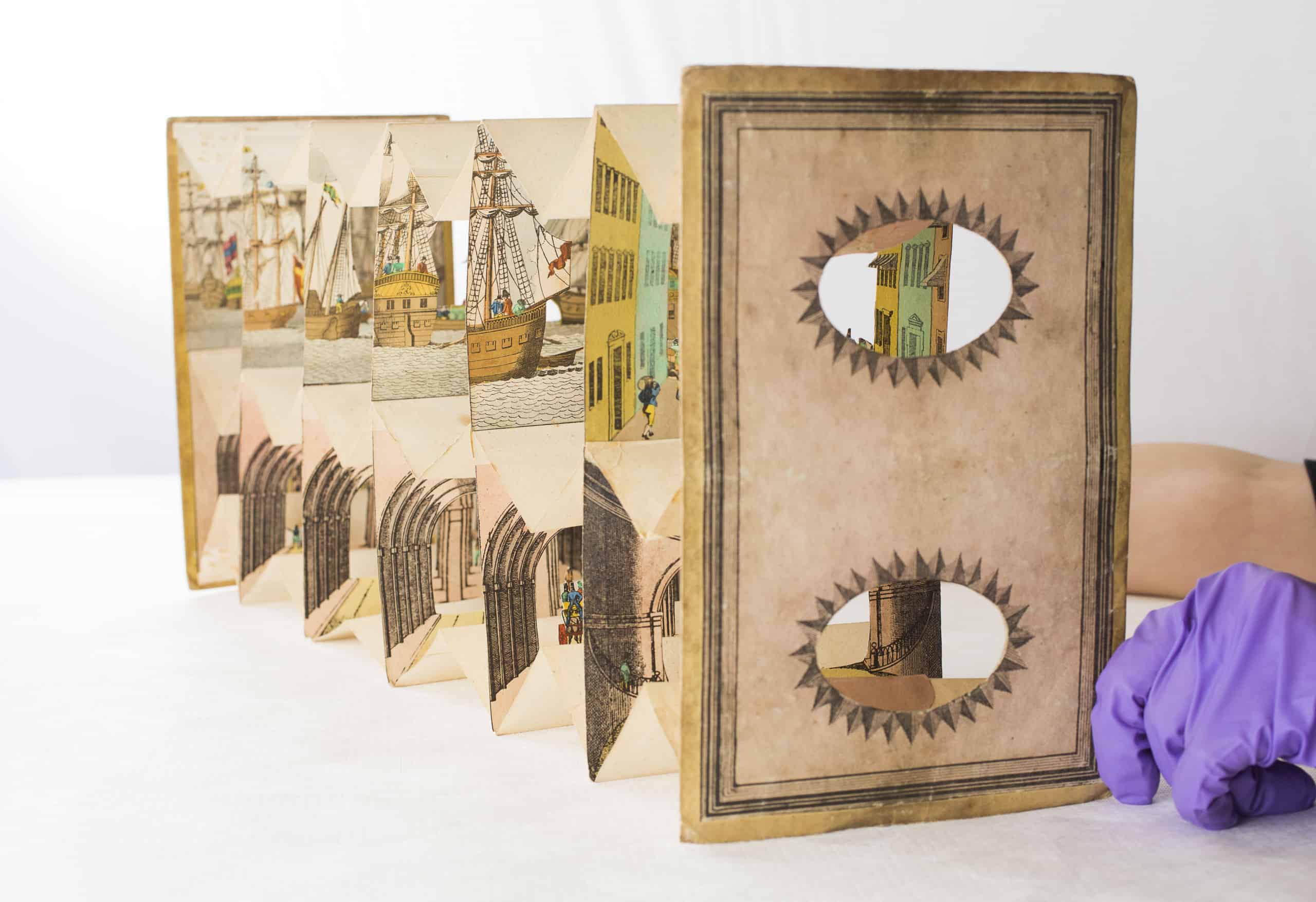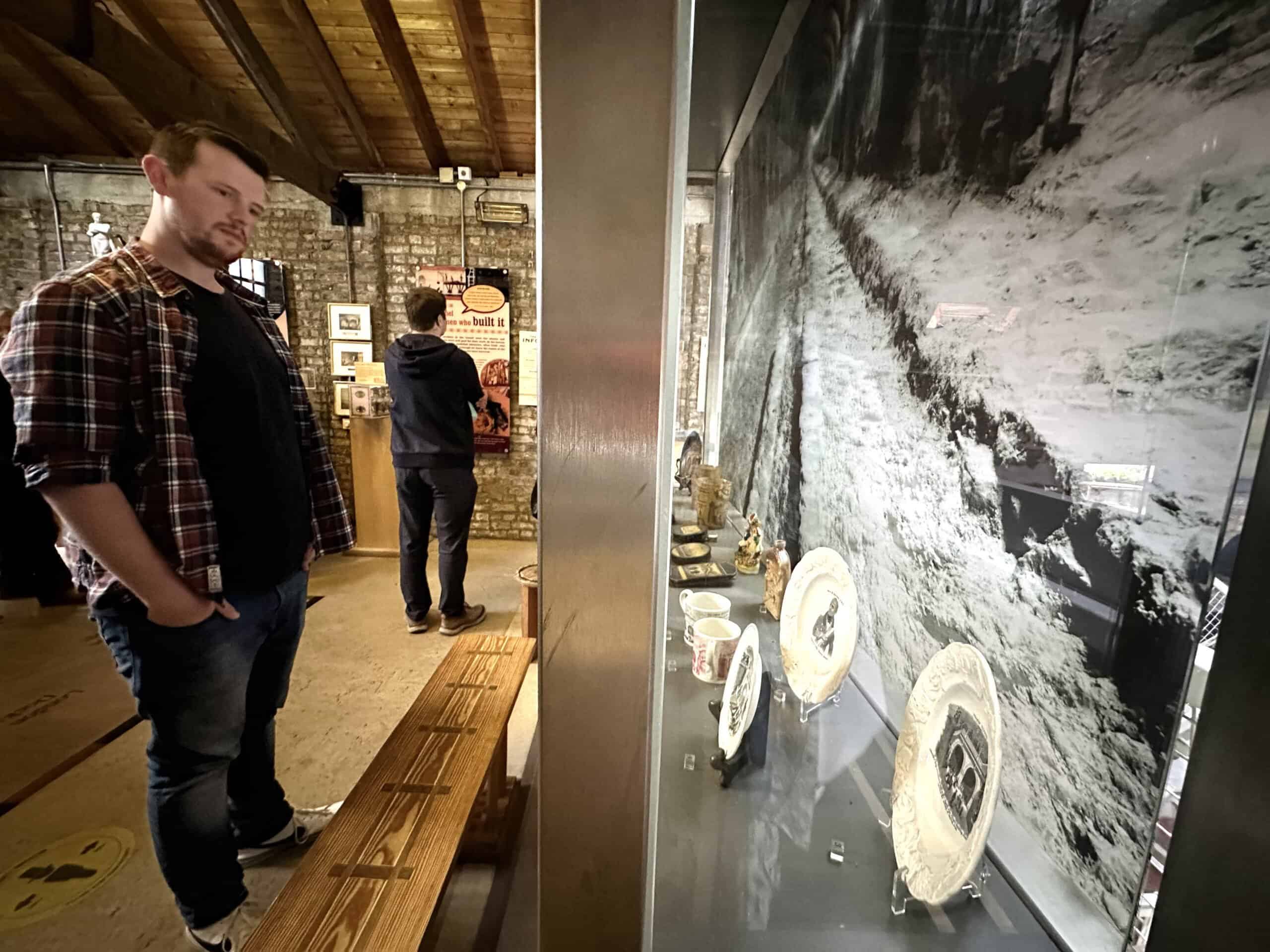The Thames Tunnel, being so close to the river bed, suffered six separate floods. The second and worst of these, took place on 12 January 1828. Six workmen died, and Brunel himself nearly drowned.
The Brunel Institute contains a handwritten diary entry where the great engineer describes his near-death experience. Brunel, true to his character, seems more excited than scared…
“I have now been laid up quite useless for 14 weeks and upwards, ever since the 14th January. I shan’t forget that day in a hurry, very near finished my journey then; when the danger is over, it is rather amusing than otherwise – while it existed I can’t say the feeling was at all uncomfortable. If I was to say the contrary, I should be nearer the truth in this instance. While exertions could still be made and hope remained of stopping the ground it was an excitement which has always been a luxury to me. When we were obliged to run, I felt nothing in particular; I was only thinking of the best way of getting us on and the probable states of the arches. When knocked down, I certainly gave myself up, but I took it very much as a matter of course, which I had expected the moment we quitted the frames, for I never expected we should get out. The instant I disengaged myself and got breath again – all dark – I bolted into the other arch – this saved me by laying hold of the railrope – the engine must have stopped a minute. I stood still nearly a minute. I was anxious for poor Ball and Collins, who I felt too sure had never risen from the fall we had all had and were, as I thought, crushed under the great stage. I kept calling them by name to encourage them and make them also (if still able) come through the opening. While standing there the effect was – grand – the roar of the rushing water in a confined passage, and by its velocity rushing past the opening was grand, very grand. I cannot compare it to anything, cannon can be nothing to it. At last it came bursting through the opening. I was then obliged to be off – but up to that moment, as far as my sensations were concerned, and distinct from the idea off the loss of six poor fellows whose death I could not then foresee, kept there.”
The sight and the whole affair was well worth the risk and I would willingly pay my share, £50 about, of the expenses of such a ‘spectacle’. Reaching the shaft, I was much too bothered with my knee and some other thumps to remember much.
If I had been kept under another minute when knocked down I should not have suffered more, and I trust I was tolerably fit to die. If, therefore, the occurrence itself was rather a gratification than otherwise and the consequences in no way unpleasant I need not attempt to avoid such. My being in bed at present, tho’ no doubt arising from the effects of my straining, was immediately caused by me returning too soon to a full diet at Brighton; had I been properly warned of this, I might now have been hard at work at the tunnel. But all is for the best.”
Author: Luke Holmes, Senior Interpretation Officer




